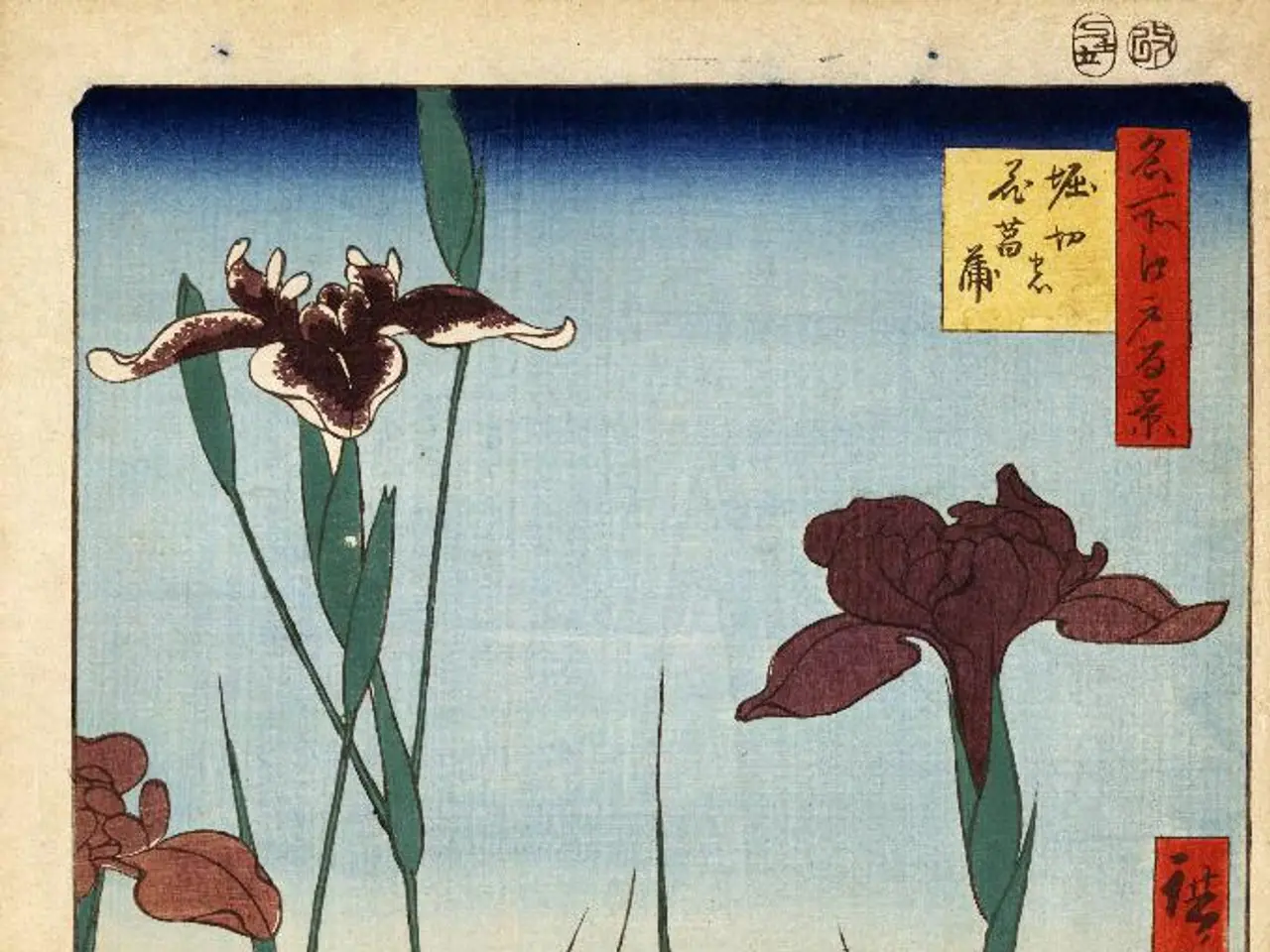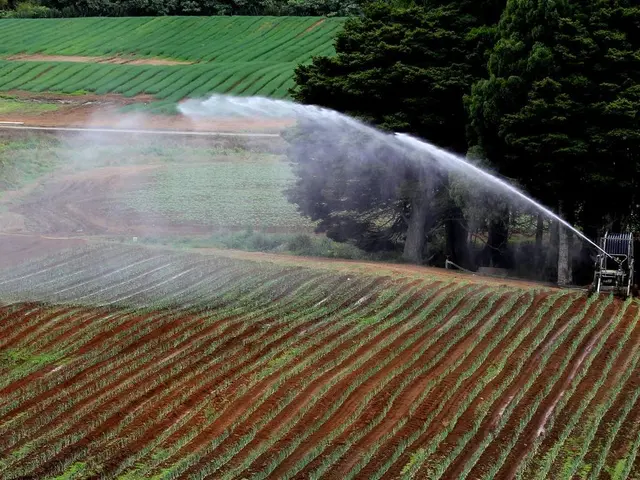Silphium Plants Offer Climate Benefits for Paper Production
Fraunhofer UMSICHT has completed a life cycle assessment study for OutNature, comparing paper made from silphium plants with conventional paper. The study found potential environmental benefits in using silphium fiber, a domestic raw material obtained from fermentation residues.
The silphium plant, once used for energy production, leaves behind residues rich in fiber. This fiber can now be used to make paper, reducing CO2 emissions by 257 kg COeq/t fiber compared to conventional methods. The production of silphium plant fibers generates fewer emissions than biogas production and its conversion into electricity.
Silphium paper is suitable for various packaging applications, including those involving direct food contact. However, the paper manufacturing process remains the greatest environmental impact. Currently, wood is the primary source of raw material for paper production. The study by Fraunhofer UMSICHT covers the entire life cycle of silphium plant paper, from cultivation to the finished product.
OutNature commissioned the study to compare the environmental impact of silphium plant paper with conventional pulp and recycled materials. The results suggest that silphium plants could serve as an alternative fiber source for paper production, offering climate benefits under suitable conditions.
Read also:
- Achieving Successful Bonsai Grafting: Selecting the Appropriate Scion and Rootstock for Harmony
- Marburg Buzzes With October Events: Study Guide Out, Breast Cancer Awareness Walk, New Police Dog, Digital Transport
- European consumers are on the brink of experiencing a significant leap forward in electric vehicle (EV) charging technology, as Chinese automaker BYD prepares to unveil its innovative advancements.
- India's First Indigenous Nuclear Submarine Fires Ballistic Missile








